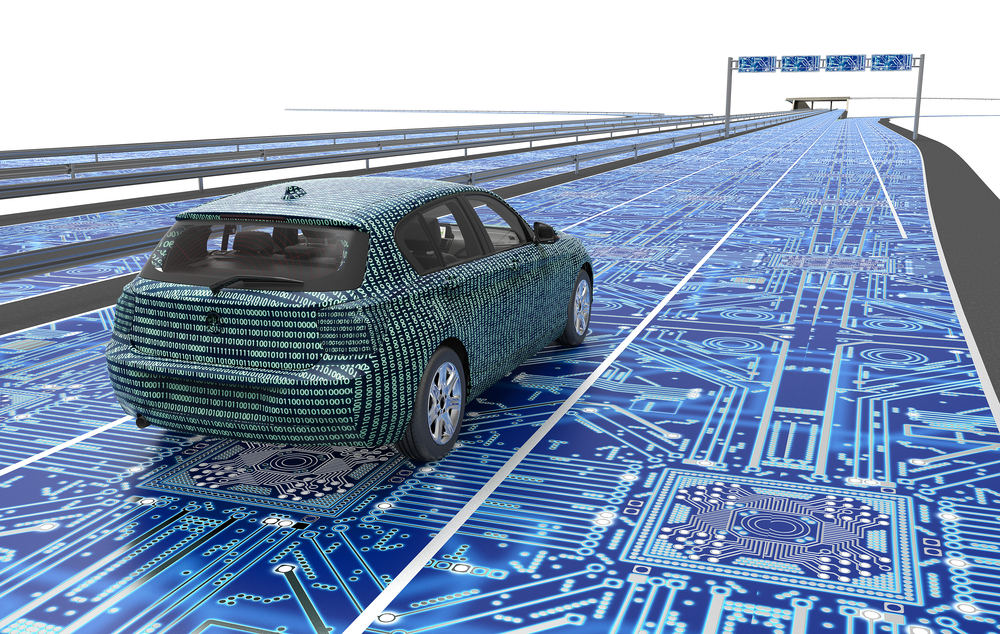Self-driving cars continue to pique the interest of enthusiasts worldwide. Testing these autonomous vehicles is quite a challenge though, as things are not as straightforward as it may seem. It appears a team of researchers have successfully developed a way to make this process simpler. Moreover, this accelerated testing process should reduce the amount of time needed to test self-driving vehicles altogether.
A New Way To Test Self-driving Cars
It is evident something will need to change before self-driving cars can come to market. Testing these concepts takes a lot of time, and quickly becomes a costly venture. Not every company working on this technology has the resources to make sure they can accomplish these goals in a timely manner. Luckily, it appears a solution has been found to simplify this solution.
To be more specific, the team of researchers feels they can speed up the amount of time needed to gather enough data when it comes to testing self-driving cars. Rather than sticking to the holistic approach that measures everything at once, the new method follows a different path. Instead, this testing method evaluates all different aspects one at a time, This allows for more frequent testing in simulation for that particular aspect.
For example, if a manufacturer wants to test the reaction to people cutting off the vehicle, they can focus the testing on that aspect alone. It is necessary to gather all of the necessary details in due time, although collecting all details at the same time seems to make the testing period less effective. One would expect testing all factors at once yields better results, but that is not the case by any means.
It is believed this new method of testing would be quite beneficial to self-driving vehicles. In fact, driving 1,000 test miles using this new method yields results that are on par with over 300,000 miles of traditional testing. That discrepancy is simply astonishing, although it remains to be seen if this will be the case when everything’s said and done. Rest assured a lot of companies will at least experiment with this new method.
Even though all of this sounds absolutely amazing, researchers remain very cautiously optimistic for now. There are many different situations that need to be tested when it comes to self-driving cars. Even though this method reduces the amount of time required to yield viable results, it remains to be seen if this new testing method is as effective in all different areas. It is not ready for practical use by any means, despite the initial results looking rather promising.
Self-driving cars are quite an innovative development, yet they should not be brought to market ahead of time either. Handling traffic, pedestrians, and weather conditions are just a few factors that need to be taken into account while testing these vehicles. Moreover, not every car operates in the same manner, and the testing results may vary significantly from model to model. Still, this is quite positive news for the entire industry, that much is evident.
If you liked this article, follow us on Twitter @themerklenews and make sure to subscribe to our newsletter to receive the latest bitcoin, cryptocurrency, and technology news.

